Die Neue These
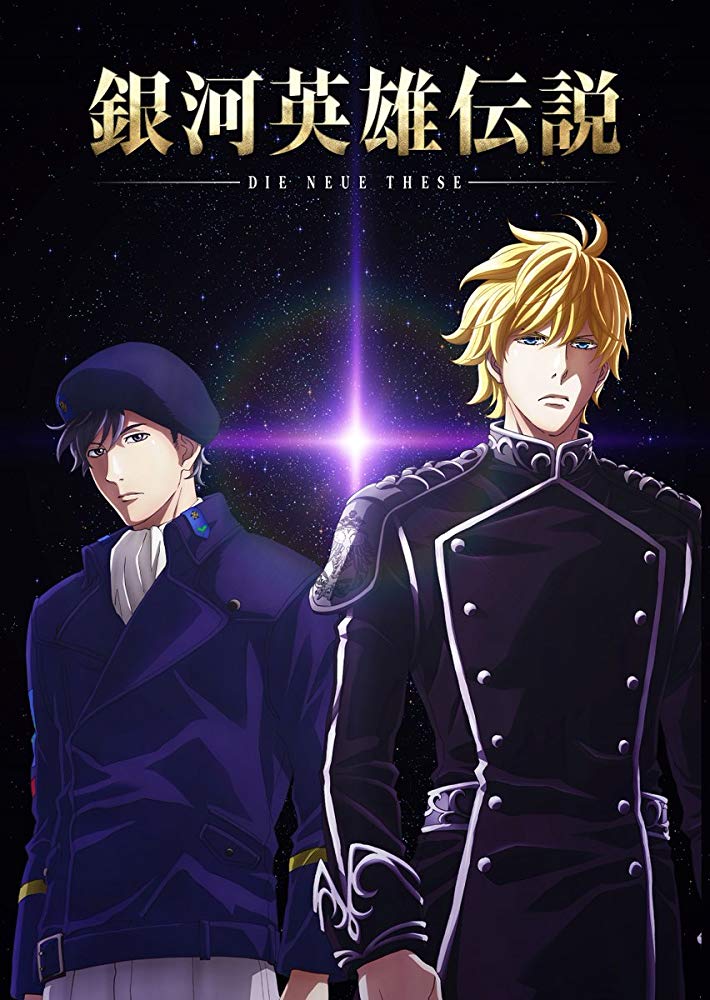
In 2017, Production I.G. revealed that it had begun work on Legend of Galactic Heroes: Die Neue These, alongside DMM Pictures, Shochiku, and Tokuma Shoten, which had published the original OVAs. First launching on April 2018 as a 12-episode series (covering the first volume of the novels), the latest iteration of the saga is a remake that seeks to be a more direct adaptation of the source material. Given the pedigree and sheer bulk of what had come before, this may seem like a tall order, yet already it’s leaving a mark.
If you missed it, be sure to read Legend of Galactic Heroes — A Beginner’s Guide (Part 1), the first of this two-part series.
At this time, Legend of Galactic Heroes: Die Neue These comprises the following:
- “Encounter/Kaiko” from April 2019 to June 2019 (12 episodes)
- “Stellar War/Seiren” from September 2019 to November 2019 (12 episodes in the form of three OVAs films)
At a glance, DNT can come off as a rather different beast compared to its predecessors. The soundtrack, for instance, is far less dependent on classical music, with the songs composed by Hiroyuki Sawano in particular, such as the opening track “Binary Star”, being more in line with 21st Century anime than Wagner. The character designs for just about everyone have also been overhauled considerably, for better or worse, such as Frederica Greenhill being a cute blonde this time around rather than a brunette with a mullet. While characters remain recognizable, the general impression can seem jarring in contrast to the late ’80s/early ’90s style that become synonymous with the franchise.

The first season’s comparatively short run would likewise lead to other changes. This includes a somewhat faster pacing and a different focus on aspects of the protagonist’s personalities (such as Yang’s more ditzy tendencies being downplayed). The end result would inevitably come across as divisive, particularly for those familiar with the older adaptations.
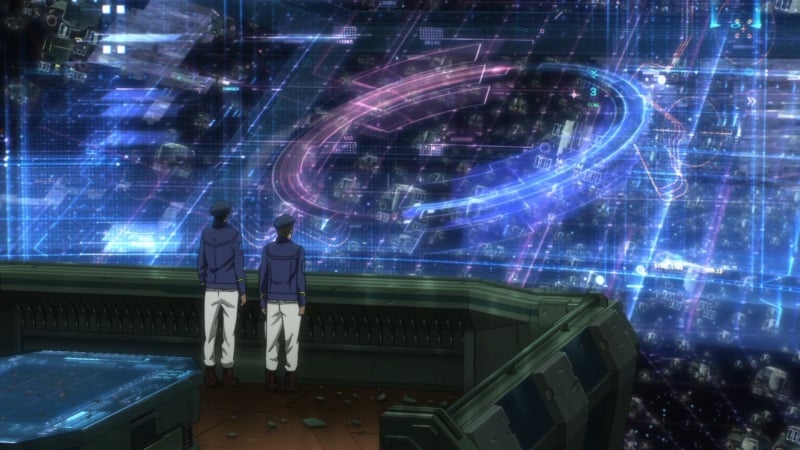
The latest rendition of the saga nonetheless manages to live up to the lofty title. This can be seen in the re-interpretation of the setting. The aesthetics for both the Galactic Empire and Free Planets Alliance remain as distinctive as ever, while still drawing inspiration from the OVAs, such as in the Imperials embracing their blend of 19th Century Prussia and sleek futuristic technology. The integration of CGI, especially during space combat and certain wide shots, coupled with a higher budget, similarly go far in replicating the epic scope of past adaptations. The sheer spectacle on display alone would have been difficult to do 30 years ago.
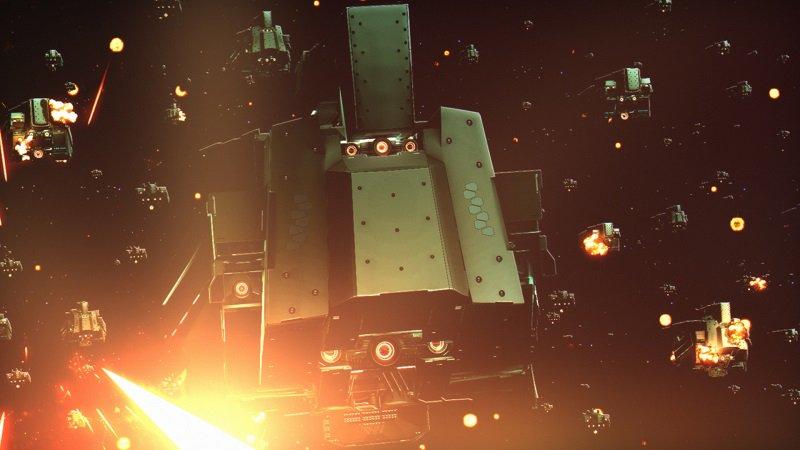
Compared to the older run, Die Neue These sticks considerably closer to the source material, while retaining a consistent, if faster, pace. While the character’s appearances do indeed come across as more in line with modern anime styles, they’re also based more closely on the descriptions given in the novels, such as with Oberstein’s somewhat unsightly appearance. It extends as well to how certain events, like the confrontation between Kircheis and the rebellious governor, tend to be lifted almost wholesale from the novels, resulting in plotlines that don’t quite play out the same way.

Combined with solid performances (with Mamoru Miyano as Reinhard and Ken’ichi Suzumura as Yang among others), updates to technology and fashions, and great fight scenes, LoGH is fresher and more approachable to a new generation. Granted, it may not be everyone’s cup of tea. Yet the timeless aspects of war, history, and human nature remain as poignant now as they were decades ago.
The Sea of Stars
Whatever version you opt for, with all the countless fan debates, the impact made by Legend of Galactic Heroes is very palpable. Whether it’s the original novels (winning the 1988 Seiun Awards for “Best Novel of the Year”) or the many adaptations, this space opera certainly earned its lofty accolades among sci-fi aficionados and anime fans alike. It’s not for nothing that it’s placed in the same company as Space Battleship Yamato (which coincidentally also saw a remake with the 2199 continuity), Macross and Gundam among Japan’s most prominent sci-fi sagas.
Trailer for a LoGH ship mod for Paradox Interactive’s 2016 grand strategy game Stellaris, which already includes references to the series. (Source: Steam Workshop)
Its fame and notoriety aren’t exclusive among Japanese, either. Starting around the 1990s, Anglophone fan communities emerged around the franchise, with myriad fansubs being made of the original OVAs. Such was the sheer bulk of the material and perceived logistical nightmare of localizing it all that, for the longest time, such attempts were the only way to experience LoGH across the Pacific, with the final subbed episode of the Gaiden OVAs coming out only in 2010. Such was the burgeoning demand (which extends to video game mods), that eventually, Viz Media announced its plans on July 2015 of licensing the original novels (under the Haikasoru label), followed by Sentai Filmworks on the same day making a similar announcement for the anime adaptations.
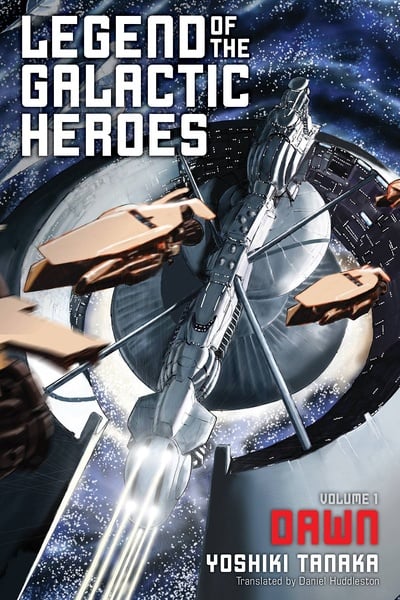
Since then, the saga has gained even wider exposure among international audiences. While it’s gotten flak from some critics for not conforming to modern Western standards of “nuanced” sci-fi, such retorts have failed to really dampen enthusiasm for the franchise or treat it in a similar vein to works like Starship Troopers or The Expanse. Whether it’s growing interest in the books themselves, the continuing trend of making memes out of various screencaps (due to how quotable LoGH can be), or the availability of both the older OVAs and Die Neue These outside Japan, the franchise is unlikely to fade into the annals of history any time soon.
All that’s left now to do, really, is to dive in out of foppery and whim.


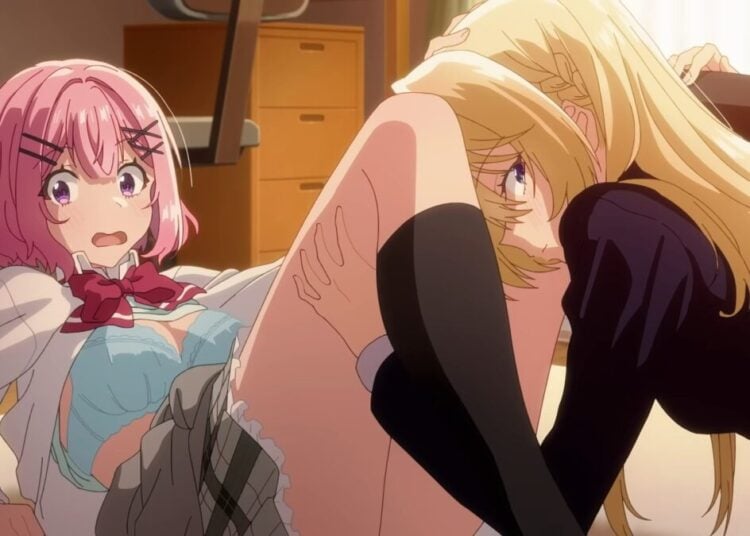
![Sawaranaide Kotesashi Kun Episode 12 [END] Featured Image](https://blog.jlist.com/wp-content/uploads/2025/12/Sawaranaide-Kotesashi-kun-Episode-12-END-Featured-Image-750x536.jpg)










